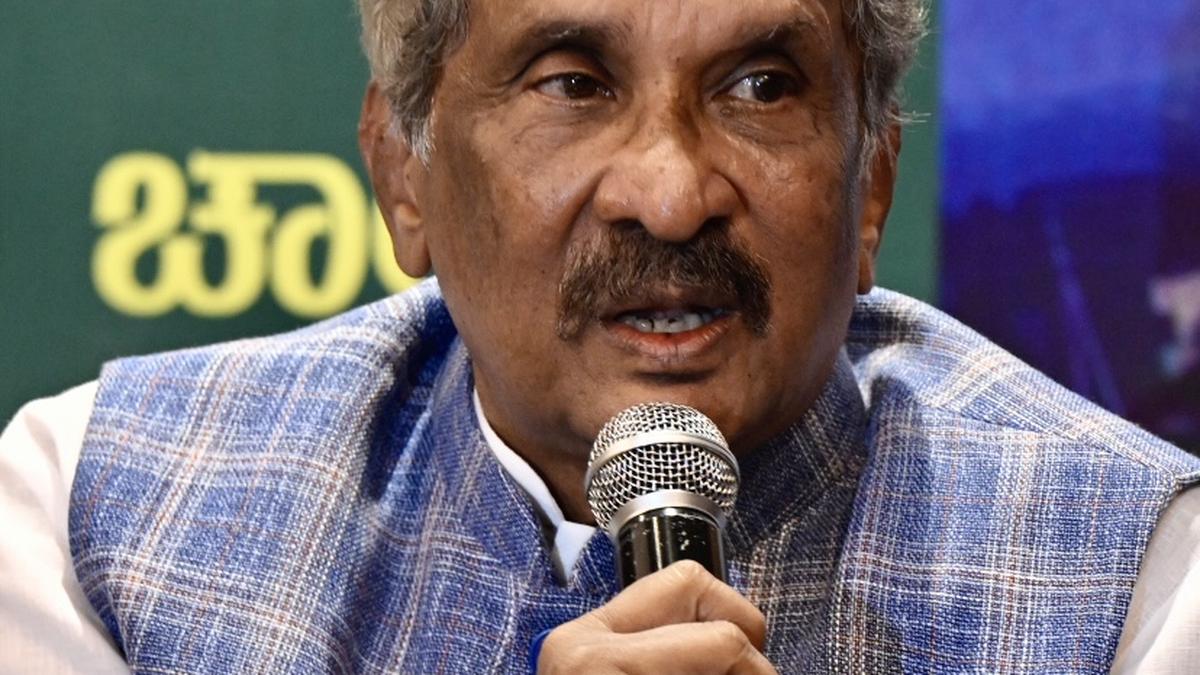By Shishir Sinha
Copyright thehindubusinessline

Central Board of Direct Taxes, the apex policy making body for Personal Income Tax and Corporate Tax has urged field formations to follow ‘Kolkata Model’ for assessing Capital Gains on Joint Development Agreements (JDAs).
This issue is critical because post implementation of the Finance Act 2017, a new section (45-5A) has been added to the Income Tax Act. Accordingly, capital gains are now chargeable to tax as income of the previous year in which the certificate of completion for the whole or part of the project is issued by the competent authority. The full value of consideration is deemed to be the stamp duty value of the landowner’s share in the project on the date the completion certificate is issued, along with any monetary consideration received.
Kolkata Model for joint development agreements
In an office memorandum, the board has highlighted the best practices adopted by Kollkata charge. The systematic and effective methodology aims to identify potential cases under Section 45(5A) of the Income Tax Act. The process leverages publicly available information from regulatory bodies and cross-references it with tax returns.
Five-Step process
The mechanism has five steps. The first step involves accessing the websites of the Real Estate Regulatory Authority (RERA) or the Housing Industry Regulation Act (HIRA) for their respective states or any other relevant sources of information. These websites contain a wealth of information, including lists of registered and approved projects.
Second step is related with identifying relevant projects under JDA where the landowners are individuals or HUFs. This is done by scrutinizing the project details and related documents ( e.g., IDA/Development Agreements) available on the regulatory websites. Third step is about cross-referencing with tax returns. Once a potential case is identified, the next step is to download the copy of the tax return from the official portal for the year in which the completion certificate was issued.
Fourth step deals with verifying capital gains disclosure. Here the Schedule-CG (Capital Gains) in the tax return is then checked to ensure the landowner has disclosed the required capital gains as per the provisions of Section 45(5A). Finally, under the fifth step, if the landowner has not disclosed the capital gains, a summon is issued to seek their version and gather supporting documentary evidence.
Towards a Pan-India system
“The above method allowed the investigation directorate to proactively identify cases of non- compliance rather than relying on chance or third-party information. The successful model implemented in the Kolkata Charge can be adopted as a standard operating procedure on a pan- India level to effectively monitor and assess capital gains under Section 45(5A),” CBDT said.
Earlier, last year, the Investigation Division of CBDT requested field formations for identification of the competent authority responsible for issuing occupancy-cum-completion certificates within each jurisdiction and collection of data for the last three financial years (FY 2021-22, 2022-23, and 2023-24). It was also requested obtaining details on the number of completion certificates issued during this period, reviewing the format in which such data is maintained by the competent authority, and assessing the feasibility of integrating this data with the Income Tax Department’s systems. Following this, the Kolkata charge conducted the required investigation and submitted its report which the board called as best practice.
Published on September 17, 2025



